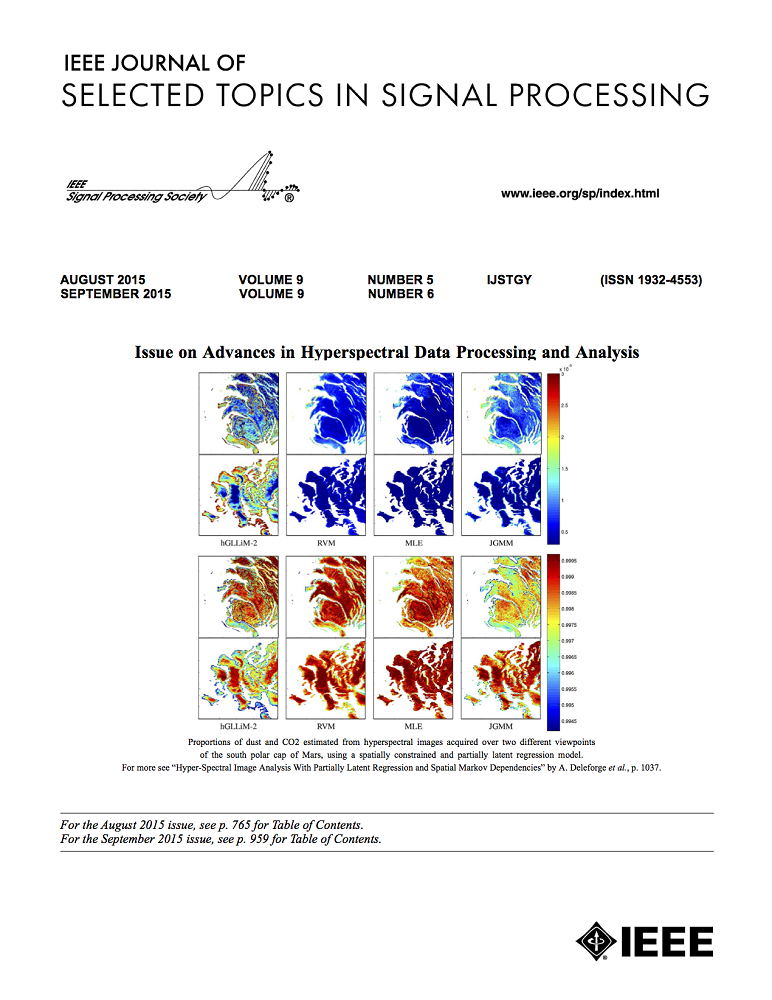面向扩展现实的变长编码语义通信
IF 8.7
1区 工程技术
Q1 ENGINEERING, ELECTRICAL & ELECTRONIC
IEEE Journal of Selected Topics in Signal Processing
Pub Date : 2023-08-01
DOI:10.1109/JSTSP.2023.3300509
引用次数: 7
摘要
无线扩展现实(XR)作为一种有前景的提高用户移动性和体验质量的技术受到了广泛关注。然而,无线XR的超高数据速率要求多年来一直阻碍着它的发展。为了克服这一挑战,我们开发了一个语义通信框架,其中语义不重要的信息在语义编码器中被高度压缩或丢弃,从而显着提高了传输效率。此外,考虑到某些源内容的语义信息量可能较少或对信道噪声的容忍度较高,我们提出了一种通用的变长语义信道编码方法。特别是,我们首先使用速率分配网络来估计语义信息的最佳编码长度,然后相应地调整编码过程。通过采用一些代理函数,以端到端的方式对整个框架进行训练。数值计算结果表明,我们的语义系统明显优于传统的传输方法,并且所提出的变长编码方案优于固定长度编码方法。本文章由计算机程序翻译,如有差异,请以英文原文为准。
Semantic Communications With Variable-Length Coding for Extended Reality
Wireless extended reality (XR) has attracted wide attentions as a promising technology to improve users' mobility and quality of experience. However, the ultra-high data rate requirement of wireless XR has hindered its development for many years. To overcome this challenge, we develop a semantic communication framework, where semantically-unimportant information is highly-compressed or discarded in semantic coders, significantly improving the transmission efficiency. Besides, considering the fact that some source content may have less amount of semantic information or have higher tolerance to channel noise, we propose a universal variable-length semantic-channel coding method. In particular, we first use a rate allocation network to estimate the best code length for semantic information and then adjust the coding process accordingly. By adopting some proxy functions, the whole framework is trained in an end-to-end manner. Numerical results show that our semantic system significantly outperforms traditional transmission methods and the proposed variable-length coding scheme is superior to the fixed-length coding methods.
求助全文
通过发布文献求助,成功后即可免费获取论文全文。
去求助
来源期刊

IEEE Journal of Selected Topics in Signal Processing
工程技术-工程:电子与电气
CiteScore
19.00
自引率
1.30%
发文量
135
审稿时长
3 months
期刊介绍:
The IEEE Journal of Selected Topics in Signal Processing (JSTSP) focuses on the Field of Interest of the IEEE Signal Processing Society, which encompasses the theory and application of various signal processing techniques. These techniques include filtering, coding, transmitting, estimating, detecting, analyzing, recognizing, synthesizing, recording, and reproducing signals using digital or analog devices. The term "signal" covers a wide range of data types, including audio, video, speech, image, communication, geophysical, sonar, radar, medical, musical, and others.
The journal format allows for in-depth exploration of signal processing topics, enabling the Society to cover both established and emerging areas. This includes interdisciplinary fields such as biomedical engineering and language processing, as well as areas not traditionally associated with engineering.
 求助内容:
求助内容: 应助结果提醒方式:
应助结果提醒方式:


